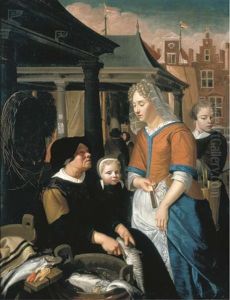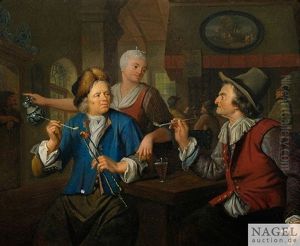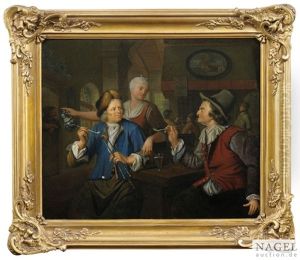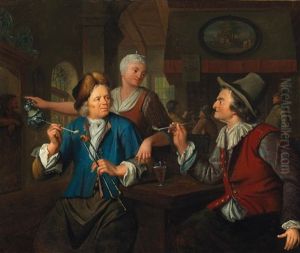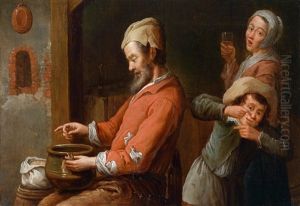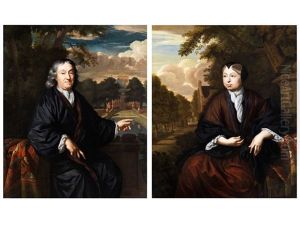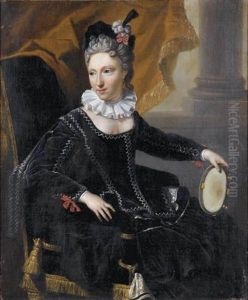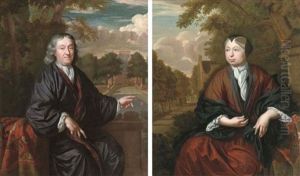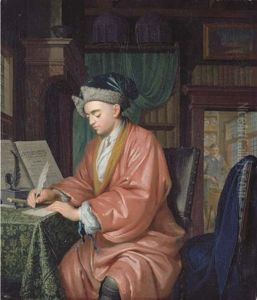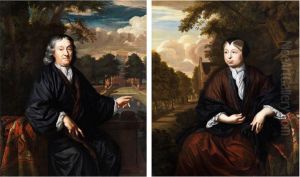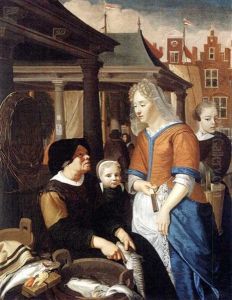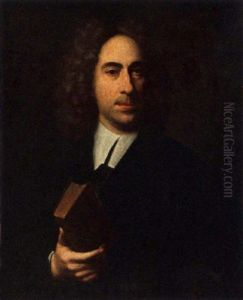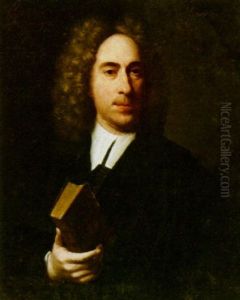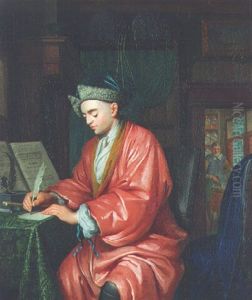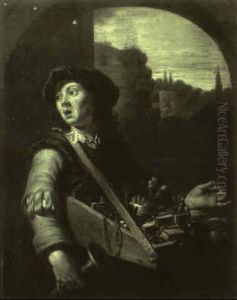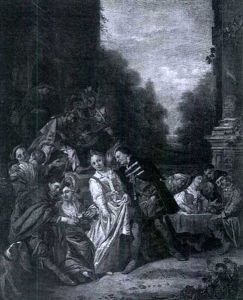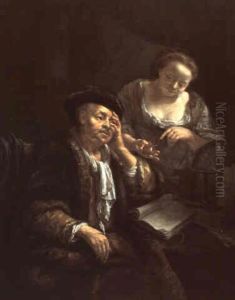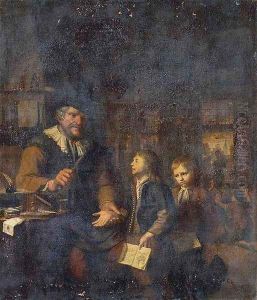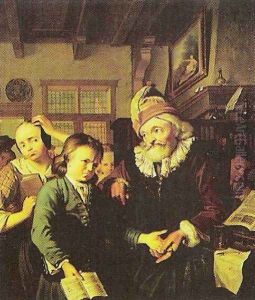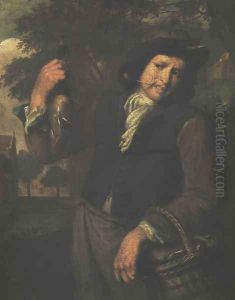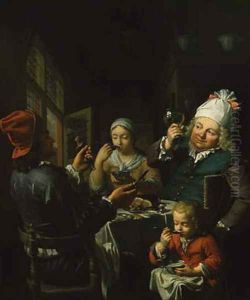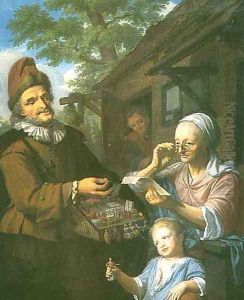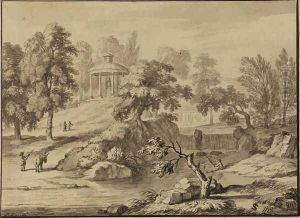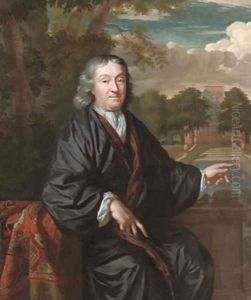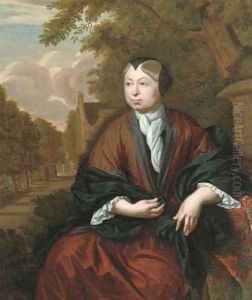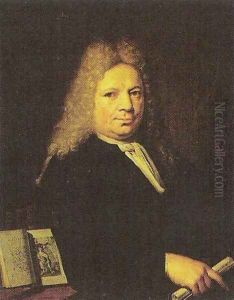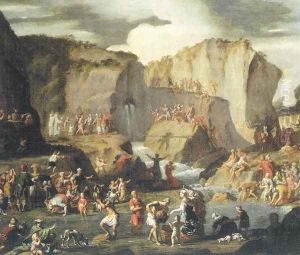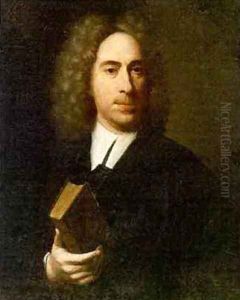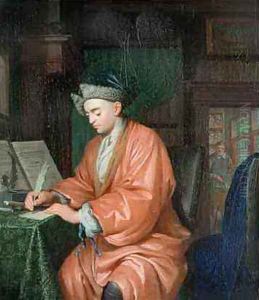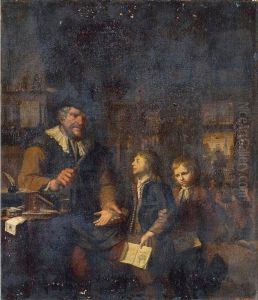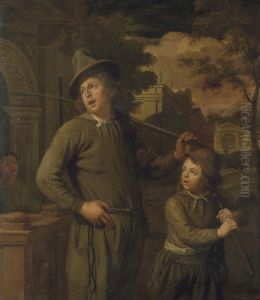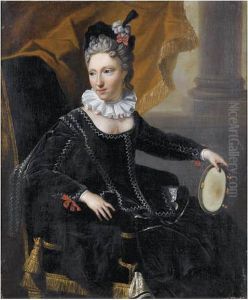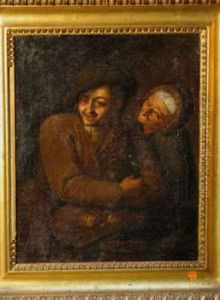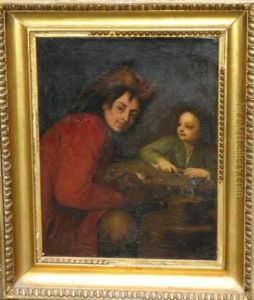Christoffel Lubieniecki Paintings
Christoffel Lubieniecki was a Polish Baroque painter, born in 1659 in Kraków, Poland. He was part of a family of painters, as both his father and brother were also artists. Lubieniecki's work is often characterized by its dramatic use of light and shadow, a technique known as chiaroscuro, which was popular among Baroque artists of his time.
Lubieniecki's early life and training are not well-documented, but it is known that he traveled extensively, which greatly influenced his artistic style. He spent a significant amount of time in the Netherlands, where he was exposed to the works of Dutch masters, and this experience had a profound impact on his painting technique and subject matter.
Throughout his career, Lubieniecki painted a variety of subjects, including religious scenes, portraits, and historical paintings. His works were appreciated for their vivid detail and the emotional intensity of the figures he depicted. Despite the Baroque trend of grandeur and extravagance, Lubieniecki's paintings are often noted for their simplicity and the quiet, contemplative nature of their subjects.
Lubieniecki's contributions to the art world were recognized during his lifetime, and he gained a considerable reputation. However, after his death in 1729, his name became somewhat obscured by other prominent artists of the era. In recent years, art historians have shown renewed interest in Lubieniecki's work, leading to a reevaluation of his place in the history of Baroque art. His paintings can be found in various museums and collections throughout Europe, where they continue to be studied and admired.
